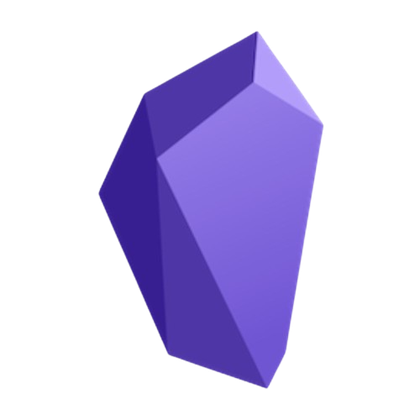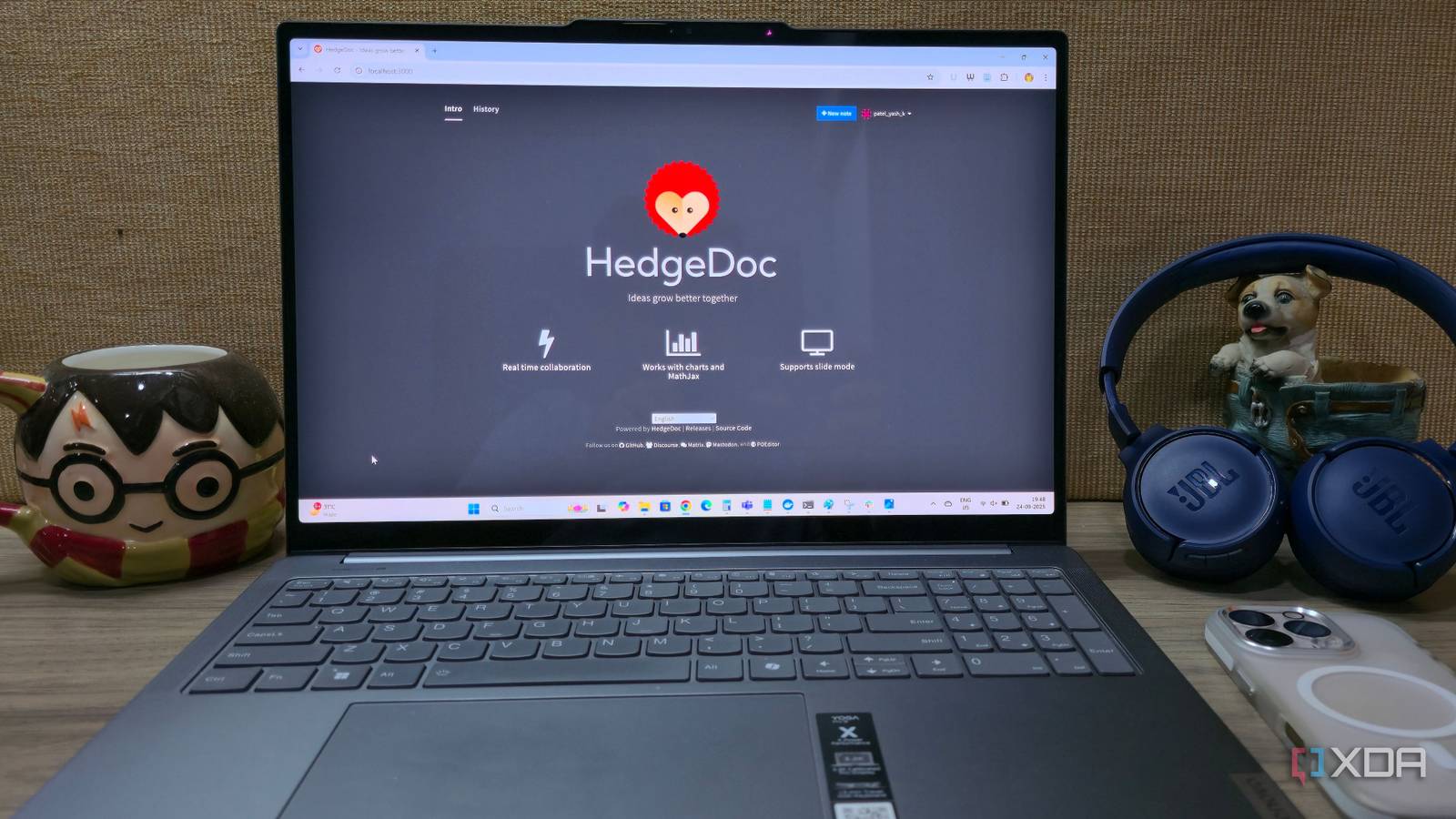Judy is an author at XDA with over a decade of experience writing about digital media. She's written for some of the largest names such as MakeUseOf, Android Central, Android Police. She always has an Windows computer handy and is always looking into upgrading. When she's not writing about tech, she's watching Return of the Jedi or playing with her Yorkie.
If you use Google Keep, you know how easy it is to use. The cursor is already positioned on the new note, displaying visible options such as pinning it, formatting your text, adding color, and even inviting a collaborator. It has very basic options, but it gets the job done of saving your thoughts for later. But if you need to do more than what it offers, that’s when you start looking for more powerful options.
Obsidian is one of these super note-taking apps you might come across and decide to try. As soon as you open the app, confusion sets in since you don’t know where to start. On the side, you only see options to open Graph View, open Quick Switcher, or create a new base. You want to create your first note, but you’re unsure which option to click on. The key is to start with the basics and work your way from there, and resist the urge to try everything on your first use.
Find momentum on a blank canvas
Create one note now; let structure follow

When using Obsidian for the first time, all that blankness can feel overwhelming. You want to start using all the great features you read about, but can’t help but feel lost, even when creating your first note. Take a moment to explore the options, and you’ll find the Create a new note option at the top left, marked with a pencil icon. However, if you want to stay organized from the start, it’s best to create a folder with the topic you’re going to work on, and then add the notes.
The options to create a folder have an icon that resembles a folder with a plus symbol. Name your folder and press Enter; you have created your first folder. Right-click on the new folder and select Create a new note. Simply follow that pattern, and in time you’ll have quite a setup. You’ll see various options when you right-click, but leave those alone for now until you master the basics of creating notes.
No visible formatting options
Bold and italic options are nowhere to be found
You can feel lost the first time you try to format a note in Obsidian. You won’t see a row of buttons for font size or style like you do in other apps, which can throw you off. Unlike Google Keep, which displays formatting options such as H1, H2, bold, underlines, and clear formatting, Obsidian shows you nothing. However, that doesn’t mean you have to guess which codes you need to use to add some formatting to your text.
Obsidian has a support page that shows you everything you need to know about adding formatting to your notes. It shows you how to add line breaks and how to add headings with symbols such as # for H1, ## for H2, and so on. The support page also shows you that by adding ** followed by your text ** you can bold your notes. In time, you’ll also learn how to add external and internal links that will help you connect your notes. The trick is to start with the basic formatting, such as italics, bold, and underlining.
Plugin and theme overload

Seeing so many community plugins to choose from can also feel immense. For example, when you search for a calendar plugin, you'll find dozens to choose from. Since you don’t want to waste time, you install the most popular one to see why everyone uses it, and hope it fits your needs. But that rule of thumb doesn’t always work, and then what?
Be sure of what you need the plugin for. Let's say you want to add icons to everything to make your notes more visually appealing. You can search for the word “Icon” and choose one from the available options. Once the plugin is installed, plan to take your time to learn how to use it before giving up on it. It might not be the wrong plugin; you may just need to learn what it offers. With so many options, going with the trial-and-error method is almost unavoidable.
Start small and make Obsidian yours
Obsidian looks intimidating at first, but it stops feeling that way once you focus on what you need today. Start with the basics you'll need every session, such as formatting for headings, links to connect ideas, and a simple Daily Note to keep track of the important information. Keep your vault readable with clear file names and short note titles. If you can't learn something on the first try, give yourself time before moving on to another option. Having fun with the app will always enhance the experience and make the learning process even more effective.
Obsidian

.png)












 English (US) ·
English (US) ·